Face, Surface and Interface: Ontology of Odia Culture
This is the first explorative book on culture that interprets the rock evidences, tribal and other religious pantheons, politics, theory of architecture, folk arts, mythology and performing arts of Kalinga, Kosala and Utkala, politically reformulated in 1936 as Orissa.
Having exposed and combined the concepts of culture envisaged by Weber, Durkheim and Parson, the study approaches toward post modern discourse: phenomenology, cultural anthropology and structuralism. The book also determines how transmission of knowledge is central to culture and narrates through its five sections how Odiya culture is linked to power in conscious and unconscious ways; how it is insidious, sporadic and ubiqutious; and, of course, how the Odiya cultural ideologies, in rare moments, transcend rationale boundaries.
Get it now and save 10%
BECOME A MEMBER

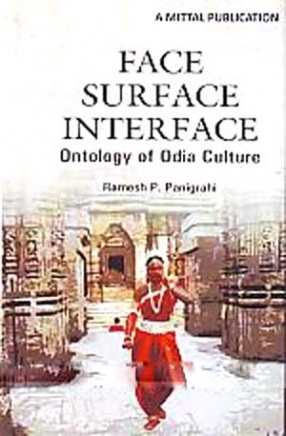

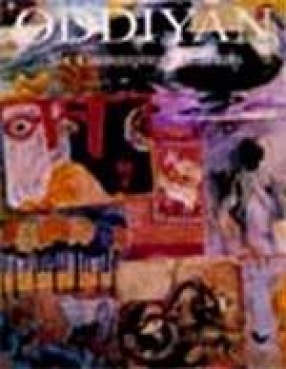

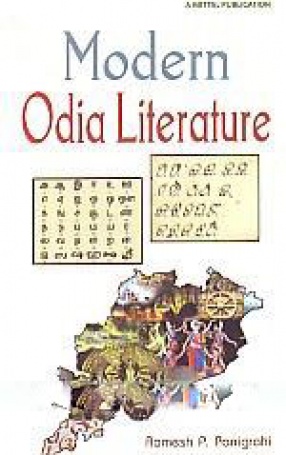

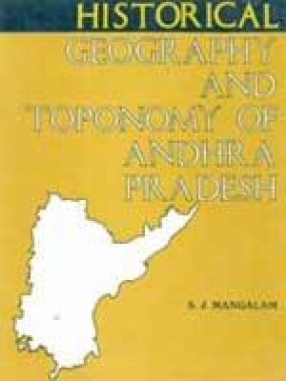
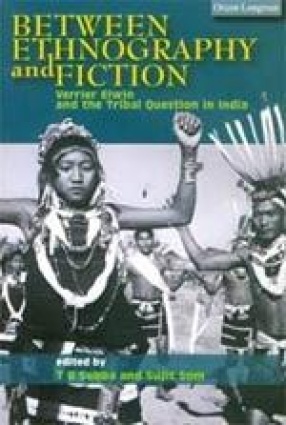
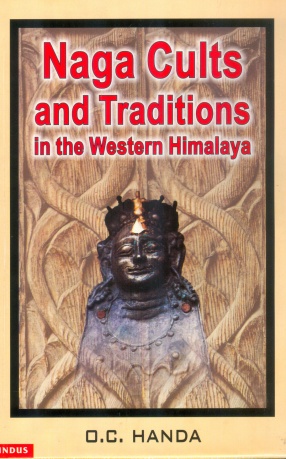

Bibliographic information